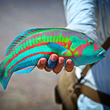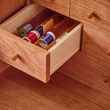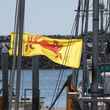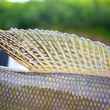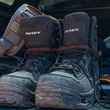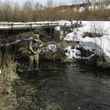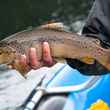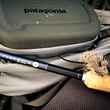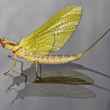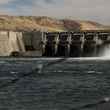When I was asked to write about pursuing striped bass in the fall and fly fishing techniques used to target them, I almost passed on the offer. I thought back on how, 20 years ago in my home state of New Jersey, you could walk down to a jetty or groin on the right tide, time of day and pick away at all the schoolie bass your heart desired simply by throwing an appropriate pattern into the rock pockets and letting the fly breath in the tide.
We did this back then with a floating line, mostly 8 and 9 weight sticks and stripping baskets. The idea behind the floating line was to keep hammering the pockets using a quick water haul and to keep presenting the fly to a target in a coordinated rhythm with the surge. A jetty ace from back then used to call this process 'fishing the hydraulics'. It was killer. And, of course, there were fish everywhere -- which made the whole picture complete. Variations on this approach involved using poppers or crease flies and changing patterns appropriately as the bait changed, but always using floating lines. The presentations were generally very short in duration and you timed your casts between waves so the grab of the floating line by the surf never became an issue.
As years passed, more and more fly anglers ventured to sink tips or full sink and intermediate lines and employed a style of fishing I typically refer to as 'covering ground'. These tactics are an effective way to fish, but are as different from fishing the hydraulics as blind casting is to sight casting. Repeatedly blind casting to quadrants is a dramatically different fishing experience than the visual one that comes with casting to a fish boil behind a rock or nervous bait in a close rip.



